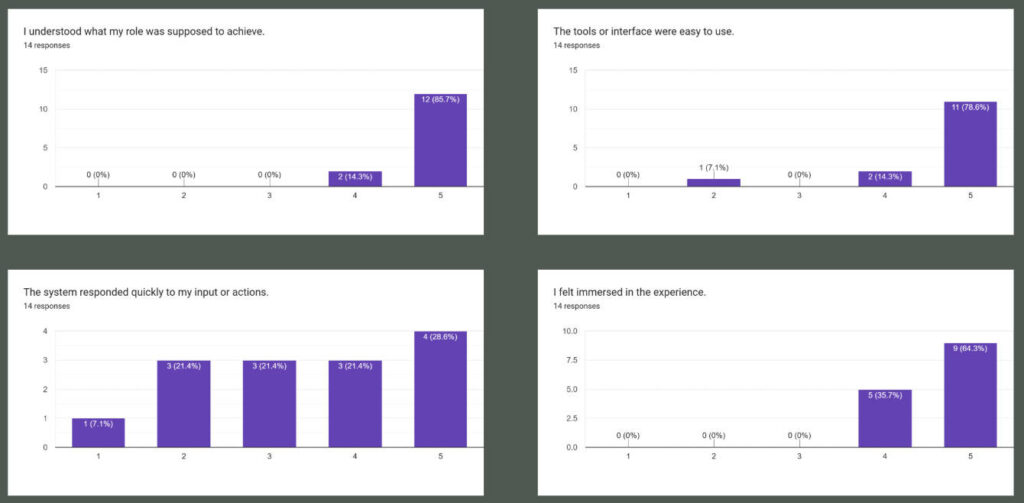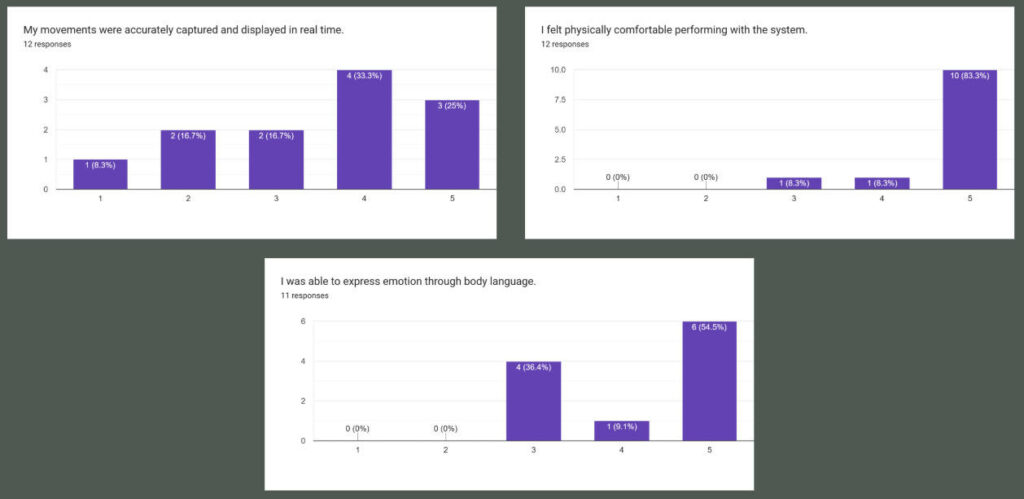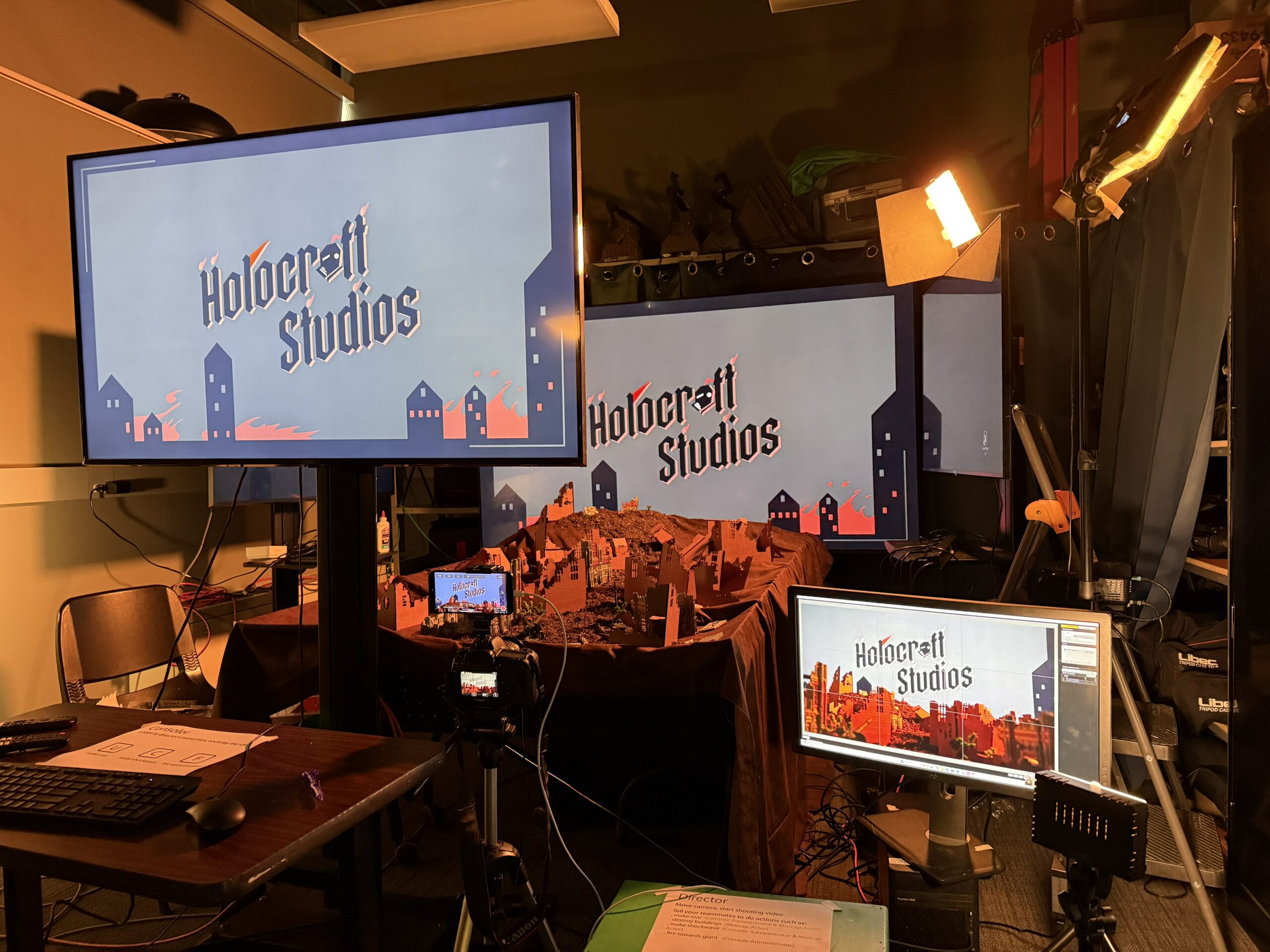Technical Progress
This week, the core focus was finalizing interaction logic and aligning the virtual environment with the physical world. We re-imported the giant model after cleaning up animation bugs and finalized the logic that would trigger pre-made animations based on scene cues.
A virtual ground texture was created to mirror the physical terrain we built in real life, ensuring that projection mapping and composite shots would feel spatially consistent.
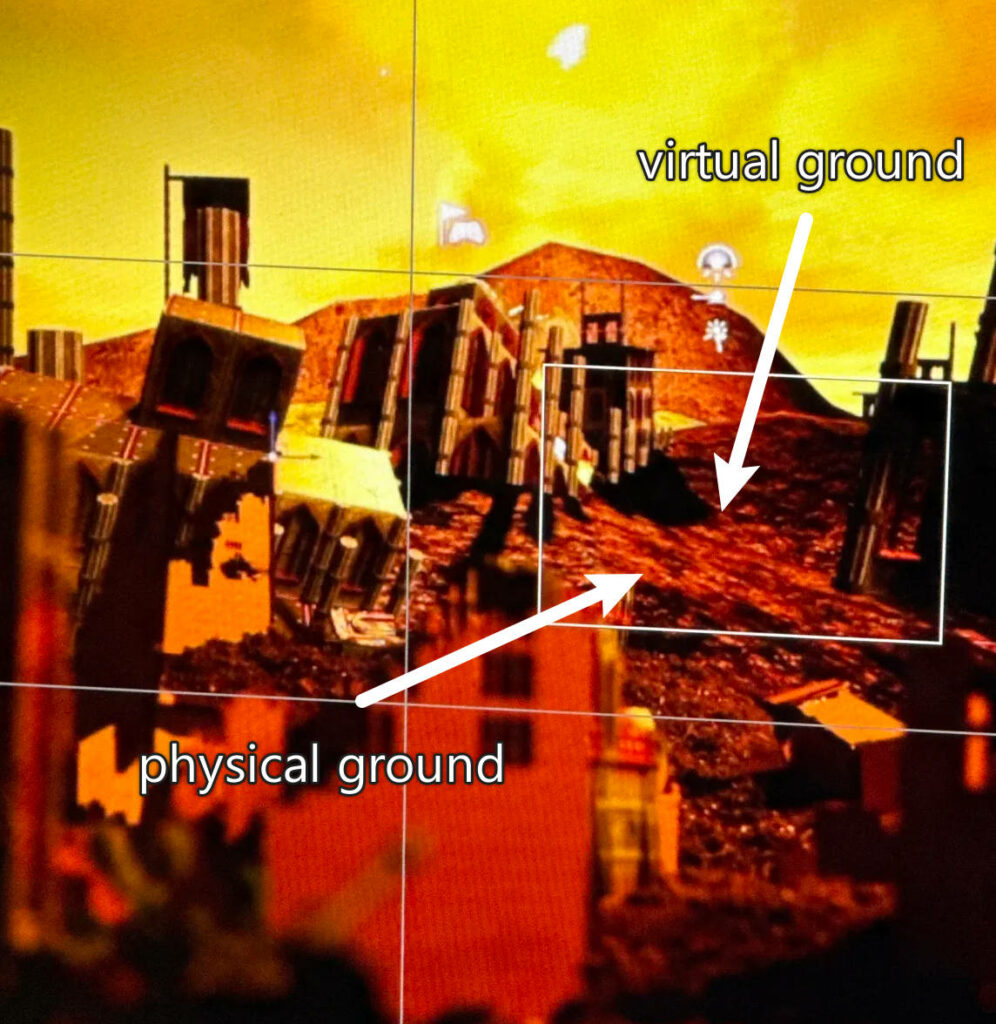
We also added a vertex shader animation to our digital flag for environmental reactivity. On the VFX side, a meteor shower and a shockwave dust effect were developed and tested.
Importantly, we ran experiments with dry ice to evaluate its density, spread speed, and lighting response—testing whether this analog method could enhance realism in our hybrid film.
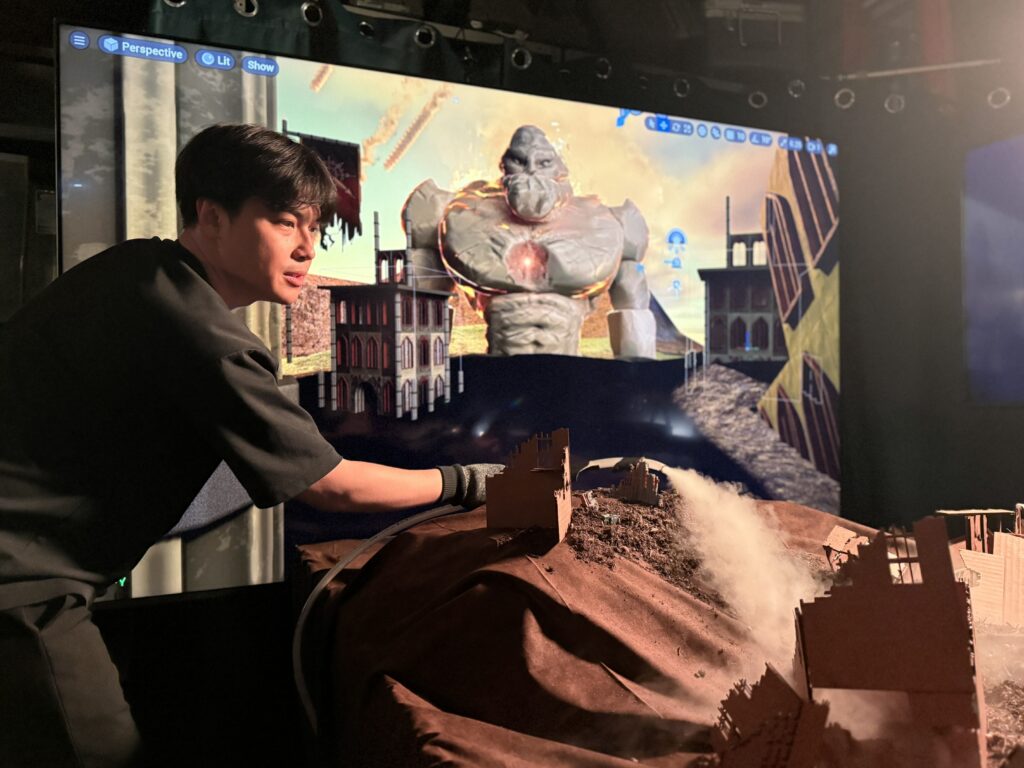
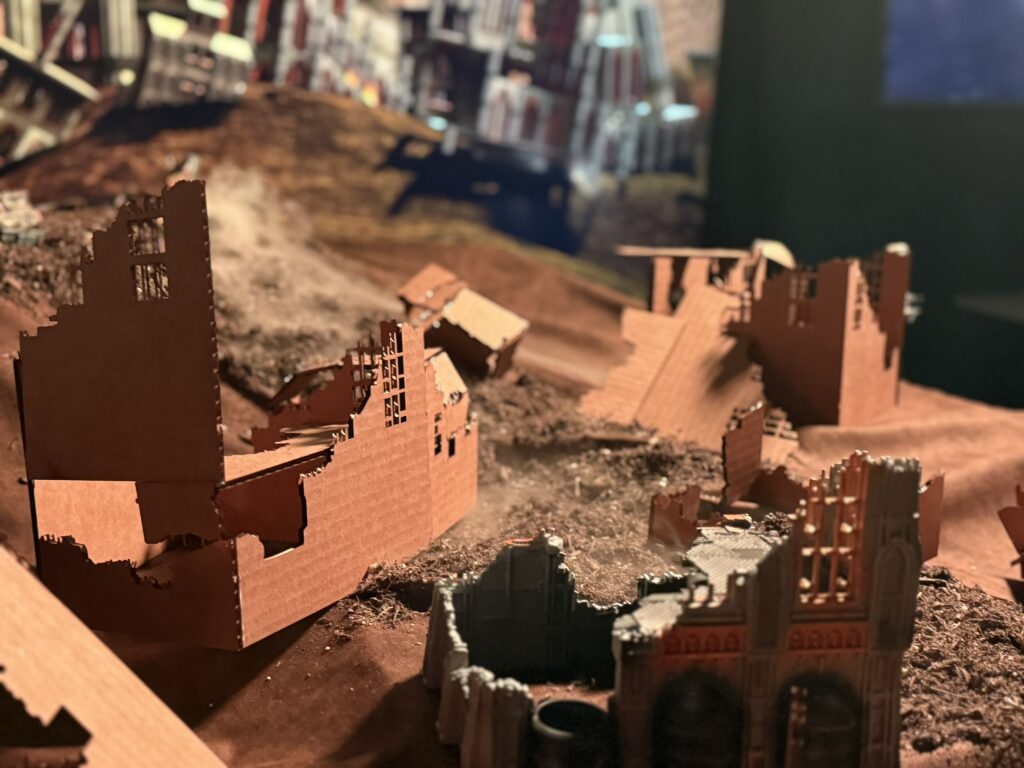
Art Progress
We physically built a terrain boundary using black cardboard, then layered it with real soil and mini trees. This not only added texture and realism, but also gave us better control over shadows and depth-of-field in camera. We strategically placed background terrain pieces to establish a visual hierarchy between foreground and background. Based on early lighting tests, we darkened the albedo and increased roughness for better shading fidelity. These changes were informed by comparisons between camera tests and Unreal renders, aiming to reduce any perceptual gap between physical and virtual assets.
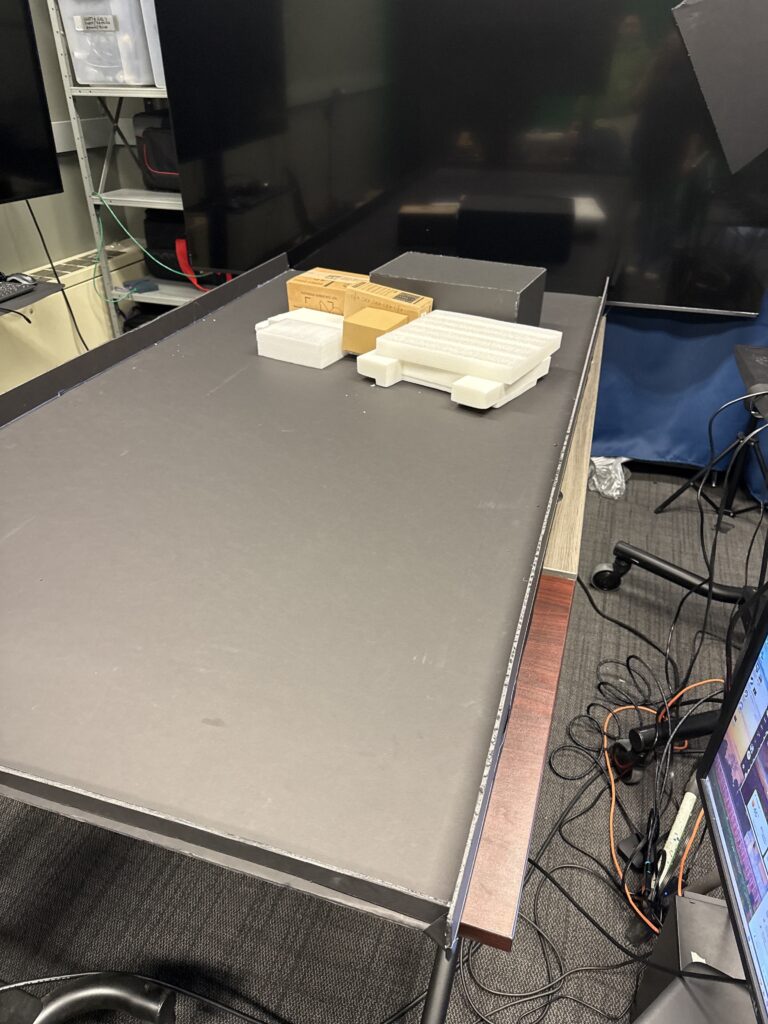
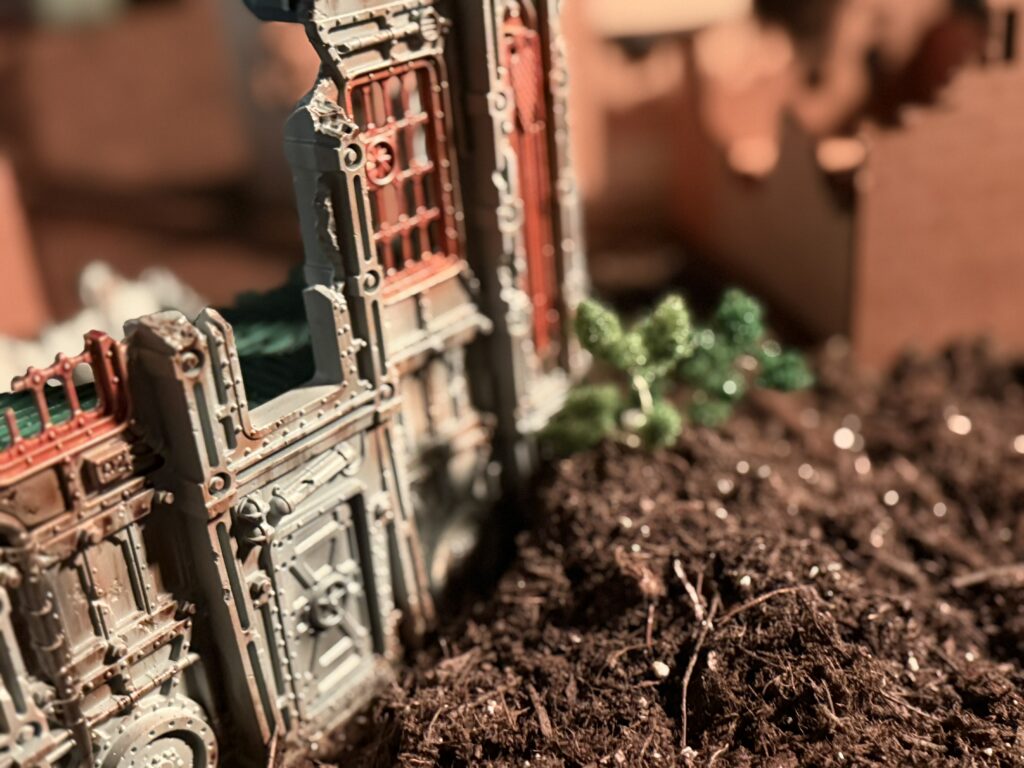
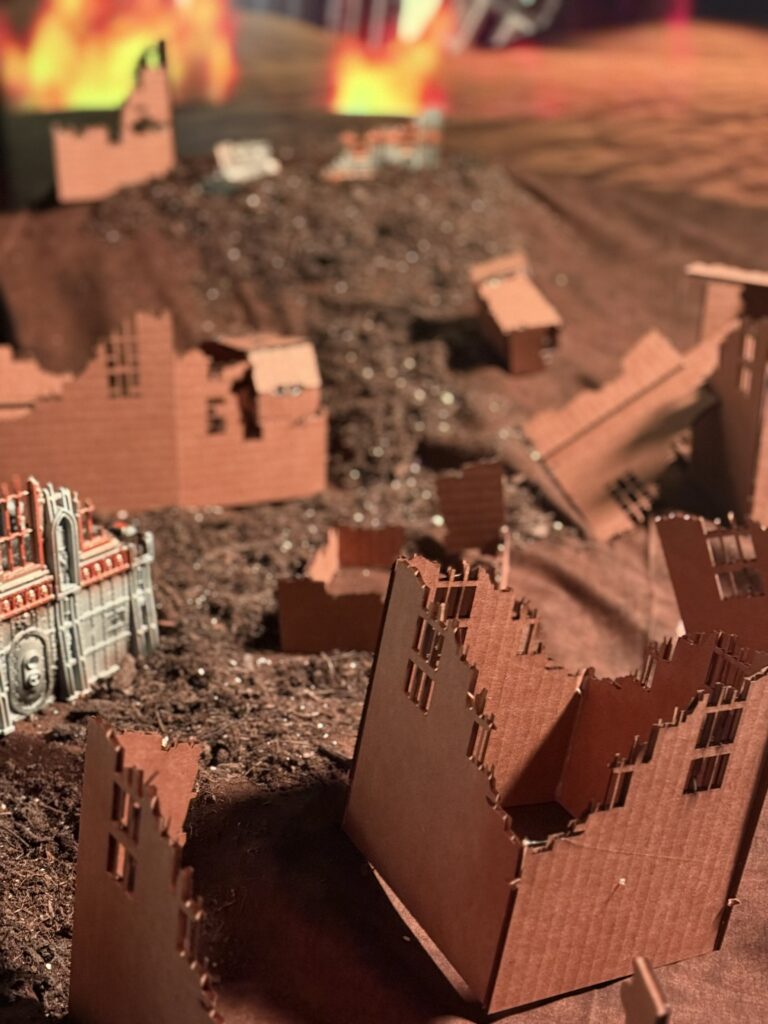
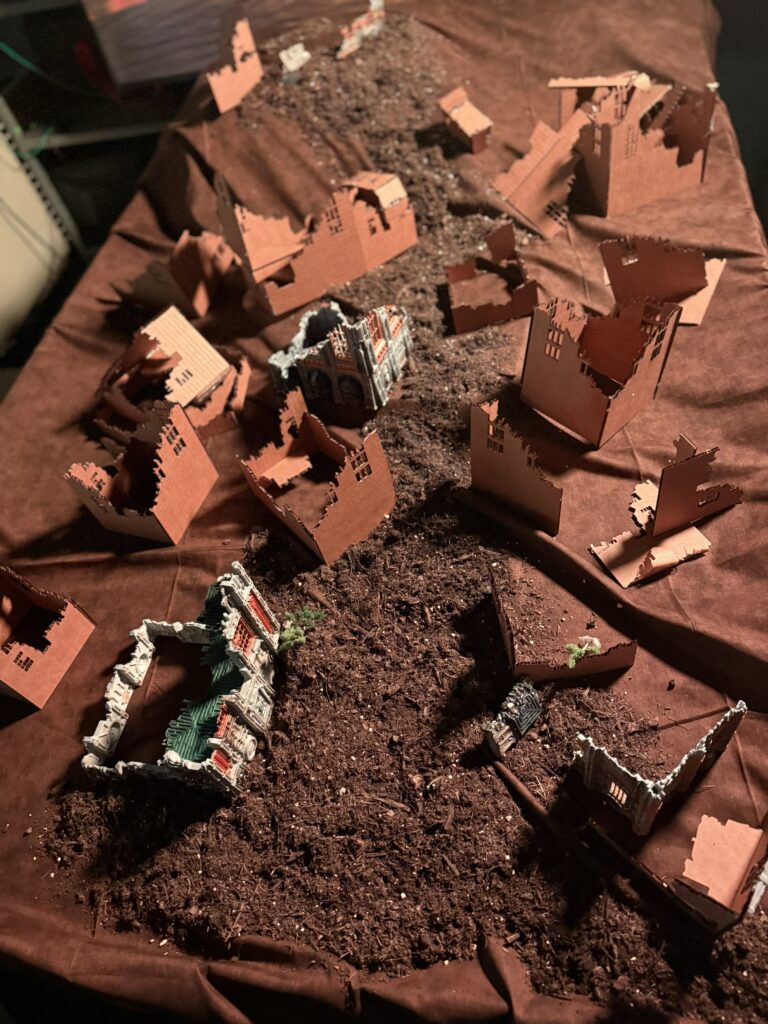
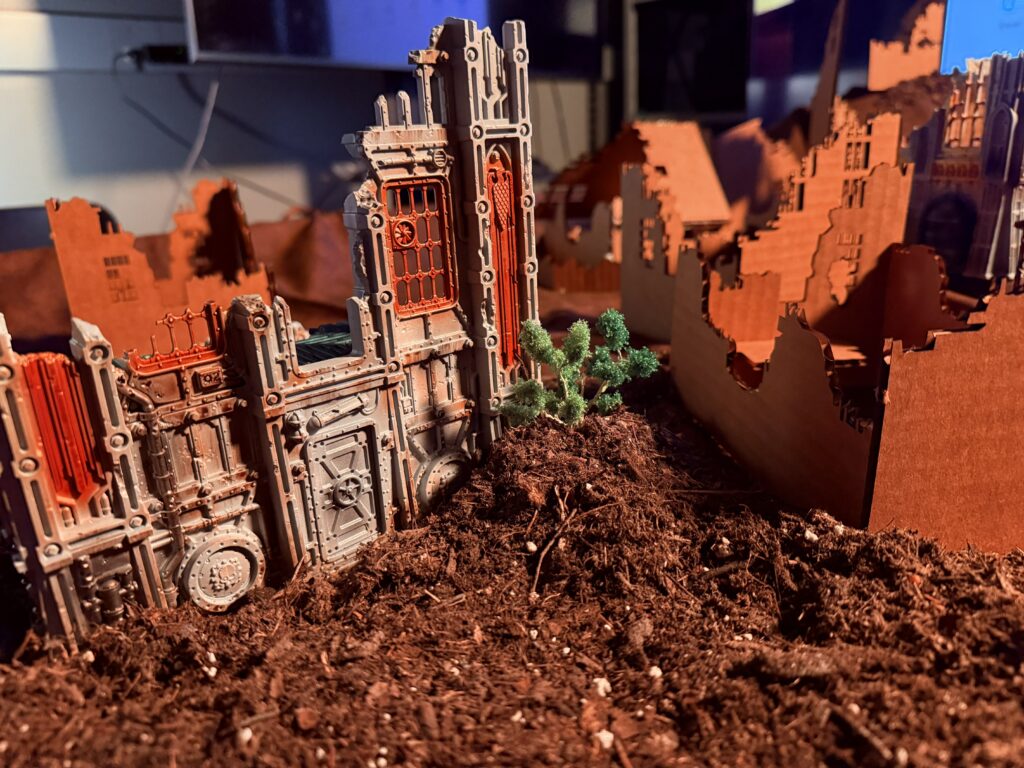
Others
The playtest process was finalized this week, with a detailed slide deck created to onboard testers.
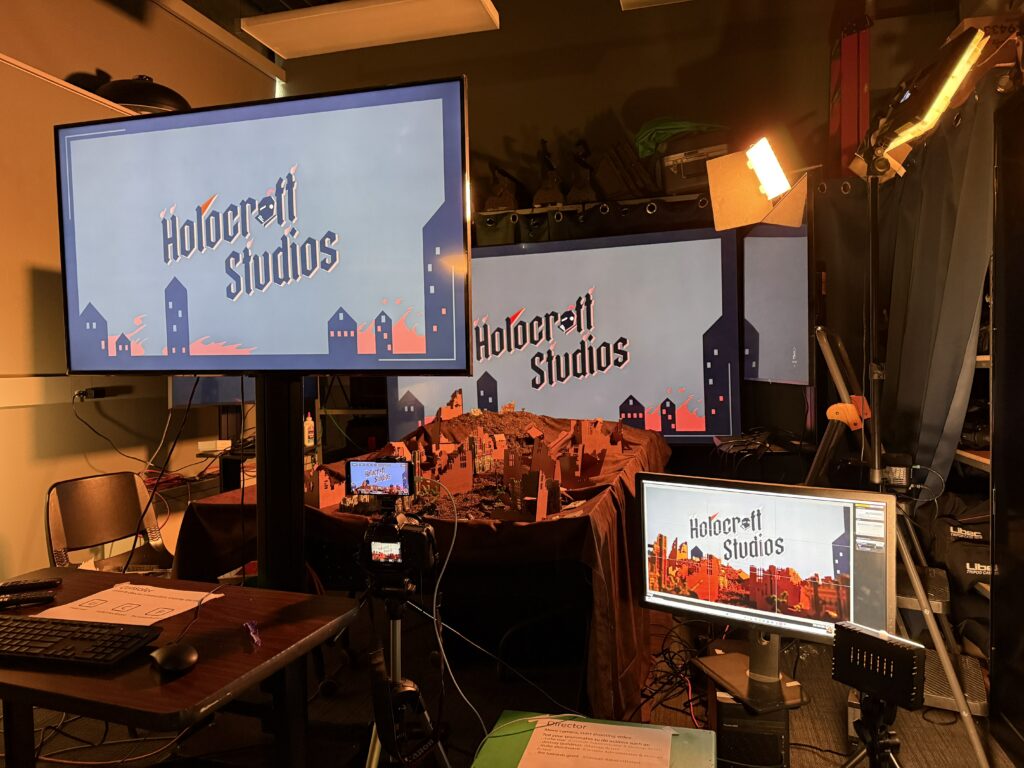
Instructional sheets were written and printed for each user role, ensuring that every participant—whether acting as a director, console operator, or mocap performer—could jump in without confusion. The green screen room was thoroughly cleaned and prepped.
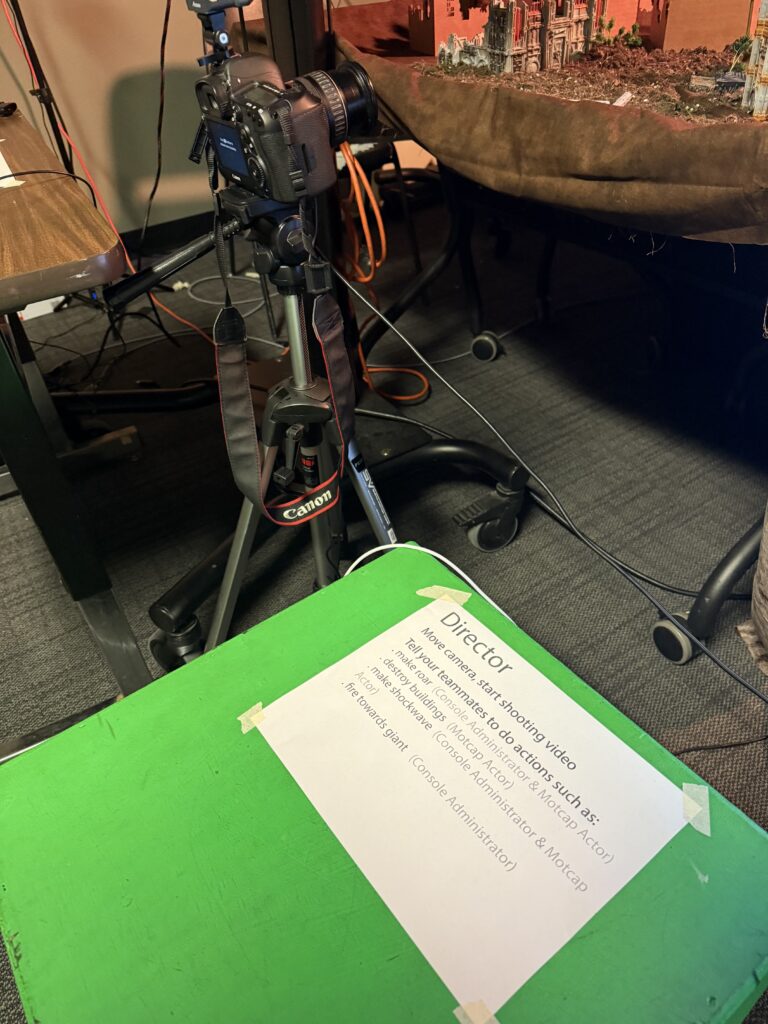
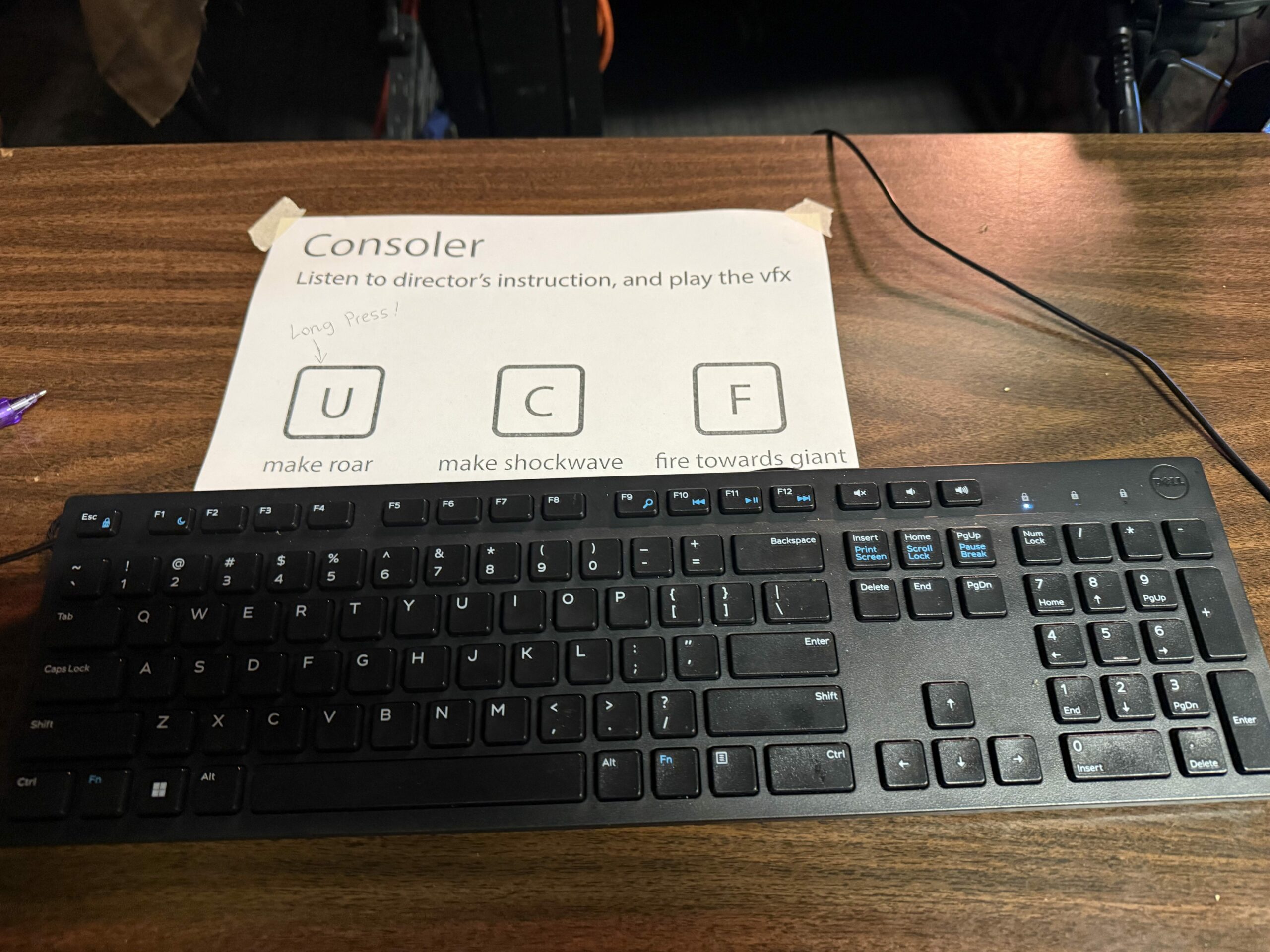
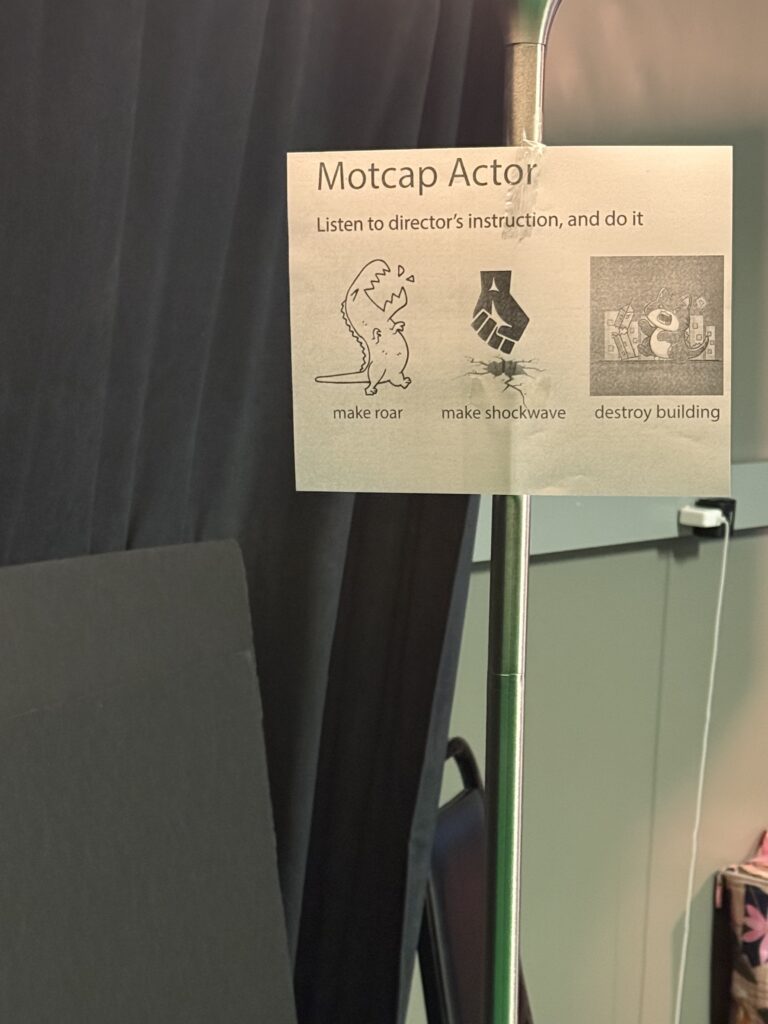
On playtest day, our team facilitated a complete user flow from walkthrough to feedback collection. Lea also stepped in to playtest when needed, and we observed key moments where participants felt immersed or confused—giving us valuable feedback for both user design and storytelling clarity.
To ensure we captured meaningful user feedback, we also designed a tailored questionnaire specifically for Saturday’s playtest session. The survey included both scaled and open-ended questions targeting role clarity, narrative comprehension, and emotional engagement—giving us a structured way to interpret players’ experiences.
